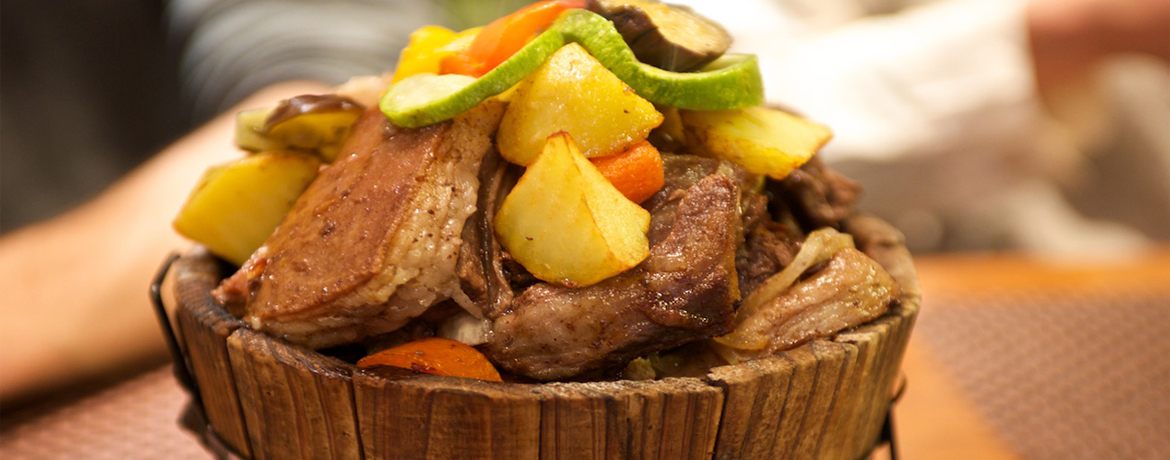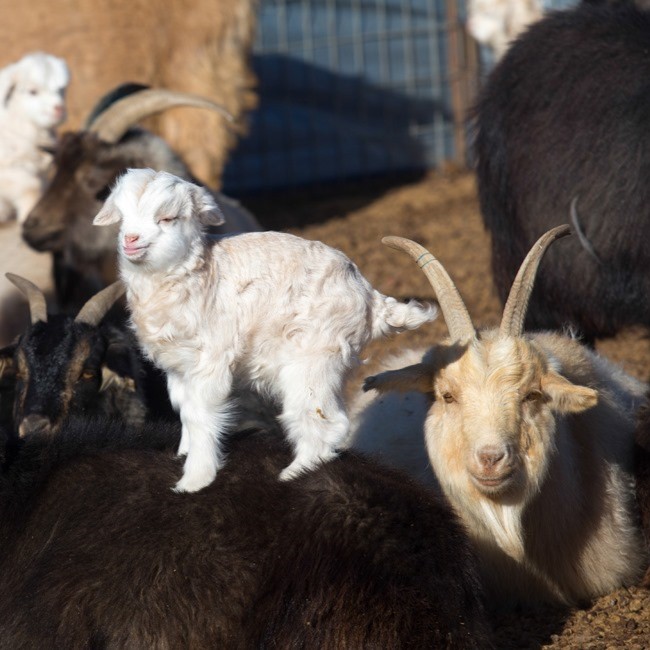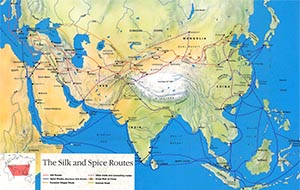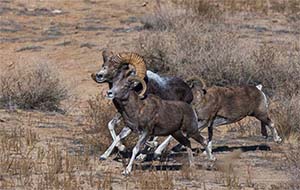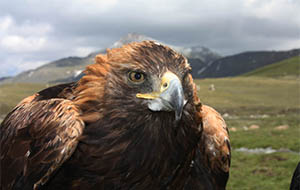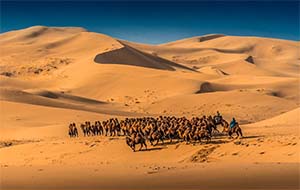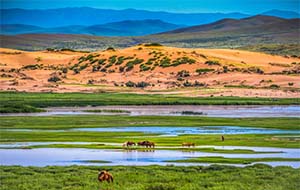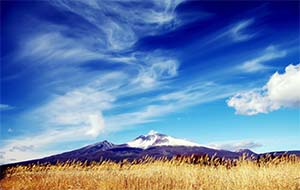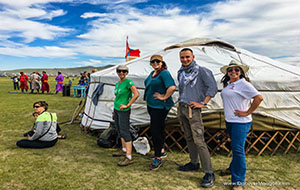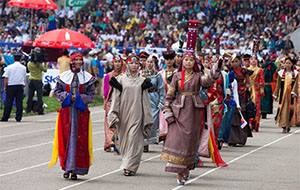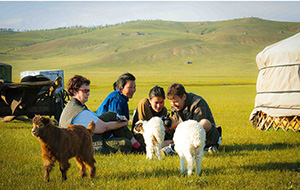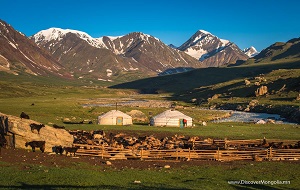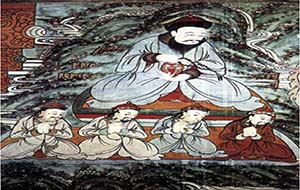Mongolian meat can be challenging at the start. But since it offers plenty of beneficial minerals and vitamins, you can start easy on it first and let your stomach ‘greet’ with it properly. Plus, what could be more interesting than to try various types of food when you travel anywhere in the world?
If you’re curious about choosing your right appetite while you are in Mongolia, scroll down for some tips and tricks.

Cooked Offal Meats
There are over 200 Mongolian traditional dishes and almost every one of them contains meat. Mongolians categorize meat into three types: hot, warm and cold and tend to consume their meat needs according to the weather. Hot type includes horse, fish, deer and marmot meat, mutton is warm meat and as for cold type, beef, pork, goat and camel meat is on the list. In winter time, it is recommended to have mutton, beef and horse meat for the reason that they are good for the human immune system.
And yet, compared to farming, pasturing livestock meat is ecologically healthy and rich with beneficial minerals.
Of course there are many other choices if you are a vegan or prefer chicken and pork. However, there is a saying “When in Rome”, so you can choose from various types of Mongolian meat dishes for your pleasure.
Mutton
If you wish to survive Mongolian winter, this can be your best choice. Mongolians cook mutton soup for newborn mothers and elders. Bath their newborn babies in bone soup and give them cooked sheep tail. Sheep feed on over 80 different types of plants and around 30 of them are medicinal herbs.
Horse Meat
It is proven that Mongolian horse meat is extremely rich with protein and other essential mineral contents and digests very fast like chicken or fish. In old times, people used to have horse meat only in winters in order for medical purposes. But nowadays, many tend to have it during summer especially with ‘Airag’ (Mongolian horse milk).
Beef
It has its unique taste and smell. Most Mongolians prefer fully cooked beef because of the fact that raw meat can contain numerous bacteria. Beef is considered as a good source of high quality protein and energy. No wonder Mongolians are outstanding in sports.
However meat is widely used in Mongolia, herders highly respect their livestock and slaughter it under traditional customs in early winter. It is not so common to slaughter their livestock from Tsagaan Sar (White Month) until late autumn.
Did You Know…?
- Livestock meat tastes different upon the geographic location. For instance, caused by ’taana’, meat in Gobi is very delicious. It’s like meat that flavored with onion.
- Sheep in Khuvsgul province has extra vertebrae in the spine and livestock in Altai territory is much bigger, so it produces more meat.
- There are hundreds of Mongolian songs and poems for livestock created for praising and comforting it.
- Almost every part of livestock is used for cooking, clothing or decorating. It’s like there is nothing to throw away.
Some Don’ts around Mongolian Meat dishes
- Never go outside with meat oil or else blisters will come out on your lips.
- It is not so polite if you leave bones with meat on it. You should try to eat completely.
- Camel meat is not recommended for pregnant women.
- It is considered wrong if you tear off a piece of blade bones with the mouth. You can use a knife but make sure you’re not making scraping noise.
- You are not allowed to talk about wolves during meal as it is thought to be bad for their livestock.
It is common that most people living in the city don’t know about these customs, so just make sure to keep in mind these tips while you are traveling in the countryside.
Unless you are not a vegan, trying Mongolian livestock meat will make your adventure more alive and memorable. But who knows, maybe you’ll find the taste you’ve been searching for your whole life. There’s only one way to find out, isn’t it?









